Great year for zinnias and novelty dahlias
Donald McClure | Sep 19, 2011 | Comments 2
This has been an excellent year for growing zinnias. Because of their proclivity for attracting leaf spot and mildew infections, many gardeners have given up on these stalwart mainstays. However some of the newly developed hybrids have built-in resistance to these diseases .
What zinnias bring to the garden are the typical hot zestful colours of their native Mexico in scorching red, orange, yellow and purple working anywhere in the border or emerging from a container.
We returned to growing zinnias this year when Elizabeth Bygrave of Wellington gave us a potted variety to try out. We liked it so well we bought some from a display that a Bloomfield vegetable stand had early in the season.
Interesting to note that this year the US based National Gardening Bureau selected zinnias as the annual of 2011.
Zinnias are a member of the aster family and list more than a dozen species. Most people tend to grow the common Zinnia elegans, which is available in tall, mid-sized and dwarf varieties in a wide range of colours. However other interesting types are also available today. You can see an excellent display at The Oeno’s Sculpture Garden at Huff Estates.
NOVELTY DAHLIAS RADIATE CHARM
If success breeds success, this year we introduced four new varieties of the prim, compact and engaging collarette novelty dahlias to the garden –with stunning results I think. Described as open centred, single row petals with small petaloids around a central disc these charmers are prolific and have the bees lining up for turns.
The only negative about them is that they do not last long as individual flowers — but they come along so fast there is seldom any gaps in the show.
New to us this year are Moonmist, Alpen Cherub, K Andy and the aptly named Hot Lips. They make excellent cut flowers also.
TROUBLE AT THE BIRD HOUSES
I was dismayed to look out the kitchen window the other morning and discover that an animal had scaled our board and batten wall on the Studio and gnawed into the openings of two of our birdhouses — both of which have been in occupancy season in and season out for over 12 years. Presumably our house sparrow tenants — unless they escaped the assault — were disposed of because there is no sign of them anywhere.
Both squirrels and raccoons are capable of such offences –but because it happened at night — the latter are my prime suspects. Obviously some metal protection around the box opening is needed for future occupants.
Filed Under: Donald McClure • home improvement • Uncategorized
About the Author: He can tickle your funny bone or tug at your heart strings. County people may know him as a chronicler of everything that happens (or should happen) in the garden, but his interests stretch across the natural world. His unique sense of observation takes in a wide expanse of living and may even point out some truths about our own condition as managers of the world around us. With Loyalist antecedents in his family tree his roots go deep into the Ontario countryside.



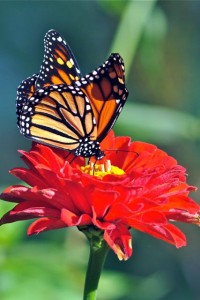
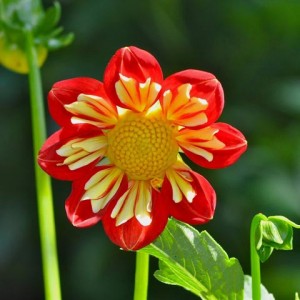
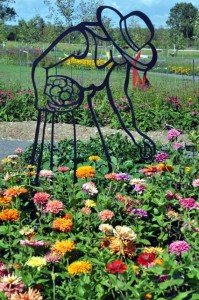
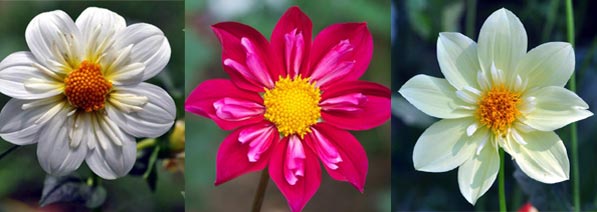
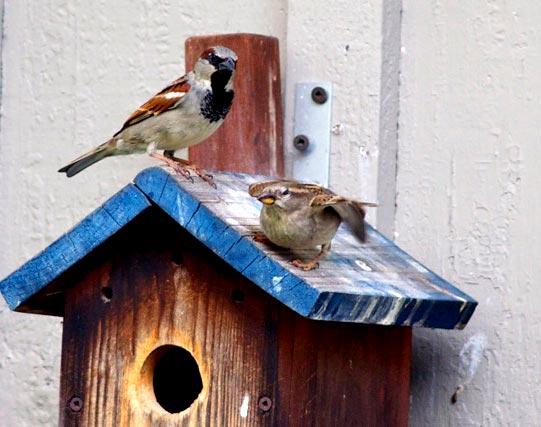
































Hi Kelly: I would re-esablish your chickadee house over the winter. Properly located so that it gets a bountiful supply of sun, it could entice the birds to winter over, although chickadees are resourceful and will inhabit holes in trees created by wood peckers. Since these sites are becoming rarer in our built up areas, the chances of them using your birdhouse are enhanced.
Winters are tough on the little guys and they deserve any help we can provided them.
The bulbs of daffodils, narcissus and hyacinth have a toxctity that descourages squirrels. Planting them in your garden may not drive squirrels totally away but it will help them lose interest — and provide you with stunning colour come spring. Good luck and thank you.
Hi Donald!
I recently found the bird house my chickadees nested in this spring on the ground – do they use it at all in the winter or should I wait until the spring to put it back up?
In addition, I read an article in the Toronto Star that if I plant daffodils bulbs all over my garden it will discourage squirells over the winter. I have had them in my basement and now in my attic – would this help?
Thanks so much! Love your blog!